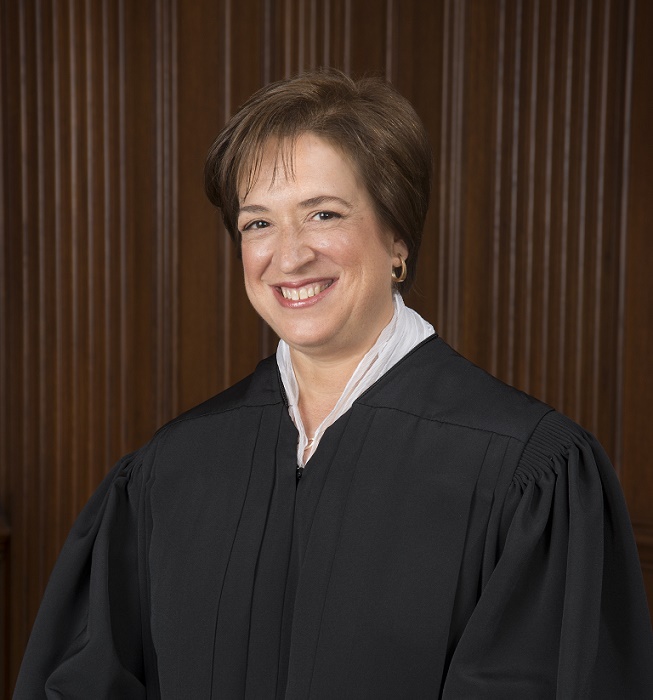Supreme Court Issues What's Likely Its First-Ever Recusal Explanation in the Modern Era
 Big news: for the first time in more than 100 years, the Supreme Court has included a recusal explanation in its orders list (May 22 orders, p. 8):
Big news: for the first time in more than 100 years, the Supreme Court has included a recusal explanation in its orders list (May 22 orders, p. 8):
22-6206, HOLLAND, ALBERT V. FLORIDA, The petition for rehearing is denied. Justice Kagan took no part in the consideration or decision of this petition. See 28 U.S.C. §455(b)(3) and Code of Conduct for U.S. Judges, Canon 3C(1)(e) (prior government employment).
FTC has since its 2014 founding advocated that the justices publicize the reasons for their 200 or so recusals per term as a way to be more transparent about their work.
Despite this apparent policy change — we’d like to see more than one such explanation before getting too celebratory — FTC will continue to publish periodic reports that offer more detailed explanations behind the justices’ recusals.
Here’s more on the term’s 133 recusals to date. And here’s our research on past “mini-explanations” for recusal, which were typically issued only when a justice was out sick and missed an argument, the last of which was issued in 1904.
Though this is a significant change to the Court’s orders list, the explanation does leave out some critical context. For example, what exactly was Justice Kagan working on in a previous job that led to the May 22 recusal?
With a little digging, it’s fairly easy to see that the petitioner here, Albert Holland, filed a related petition during the time in which Kagan served as U.S. solicitor general, from 2009 to 2010. (For those interested, it’s a fascinating case about client representation that was granted cert. and resulted in a 7-2 decision in Holland’s favor.)
This also appears to be the first admission in an official SCOTUS document — that is, not simply in Chief Justice Roberts’ year-end report or Justice Breyer’s Appropriations Committee testimony — that the justice(s) follow the guidance of the lower courts’ Code of Conduct for U.S. Judges.
Again, it’s not the announcement of a formal and binding and enforceable code of conduct, but it is an acknowledgement of (a) the value of recusal explanations and (b) a justice’s willingness to write in the official U.S. Reports that they consult the lower courts’ code.
It shows that the Court can be more transparent when Congress and public apply pressure.
Recusal explanations were one of Fix the Court’s original six “fixes.” Others among the six that have come to fruition are livestreamed SCOTUS arguments, online financial disclosures and video-recording for most of the justices’ public appearances.